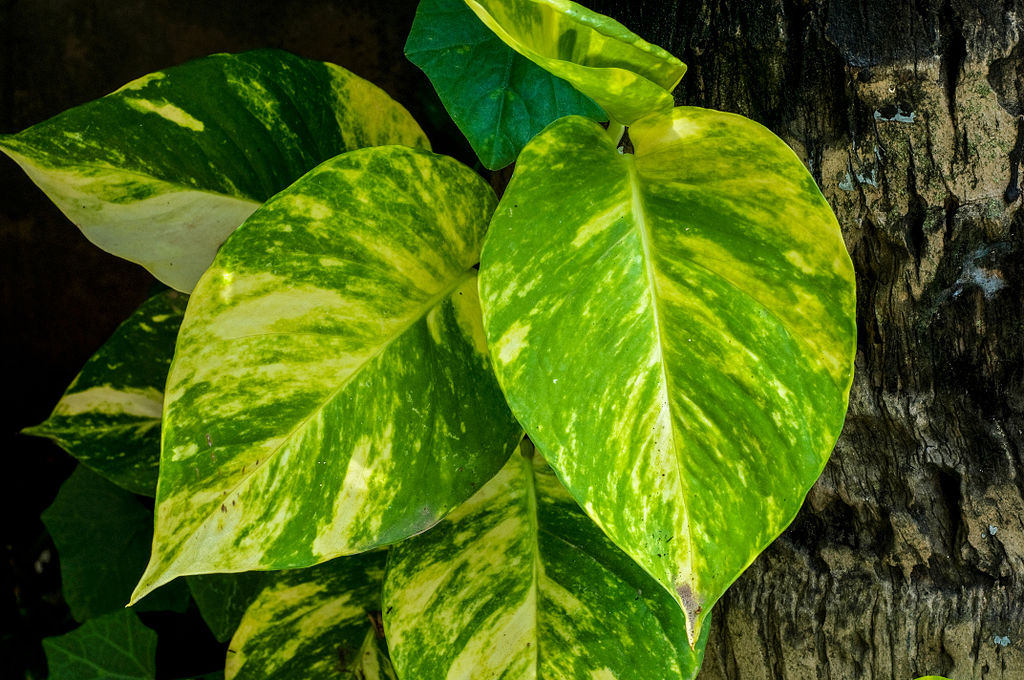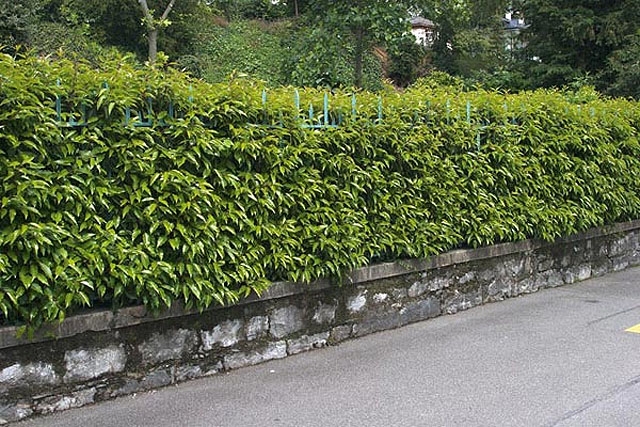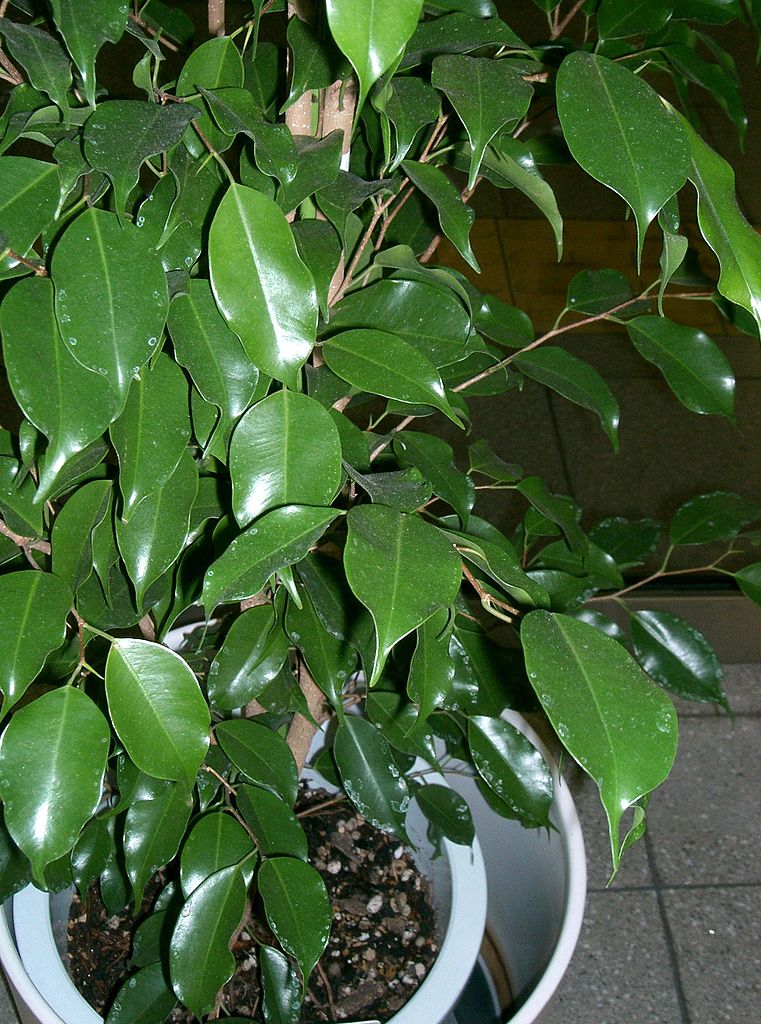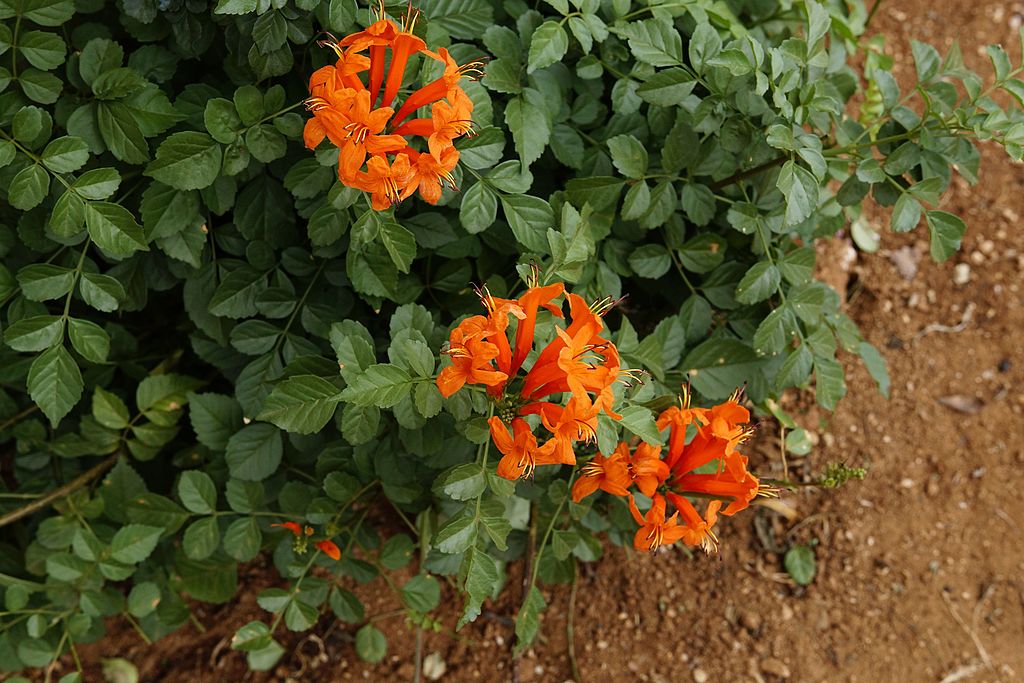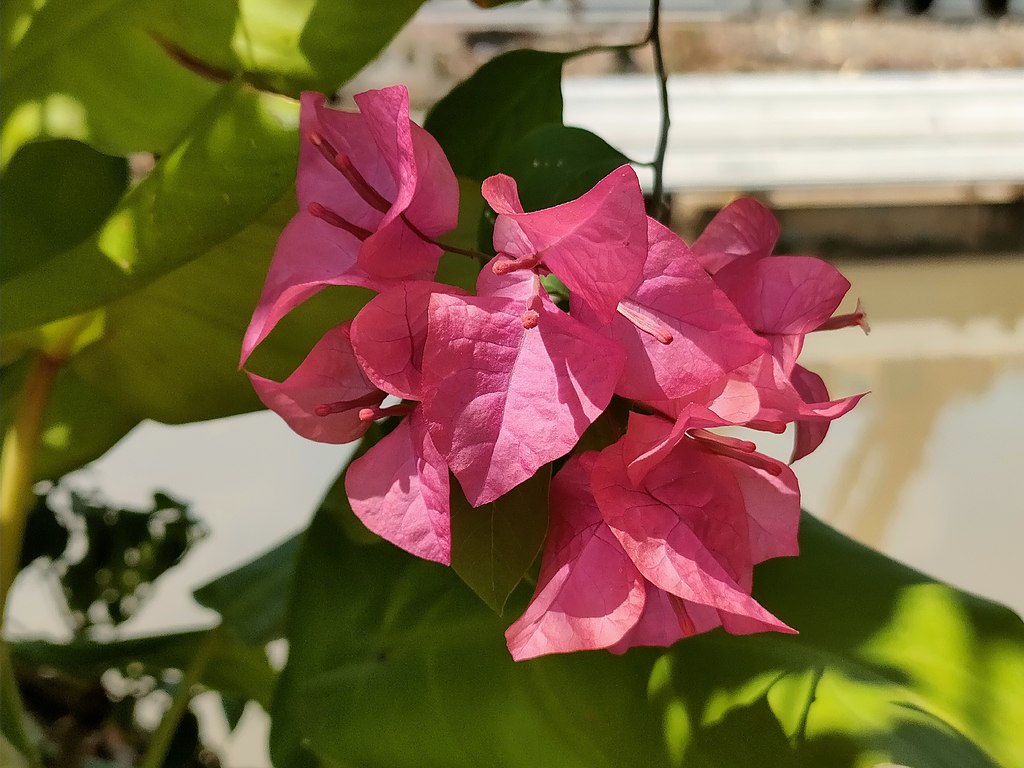Pothos is an easy to care plant, known with many names. To name a few: devil’s ivy or devil’s vine, epipremnum aureum, golden pothos, ceylon creeper, hunter’s robe, ivy arum, house plant, money plant, silver vine, Solomon Islands ivy, marble queen, taro vine.
Is a stunning plant with heart-shaped, patterned, and glossy leaves that can grow in all directions. It’s a tropical plant that is perfect for indoor enthusiasts, and it’s one of those plants that is bound to survive almost anything you throw at it.
The Pothos or Epipremnum aureum, has the reputation of being one of the easiest houseplants to take care of.
The Pothos plant, apart from the good zen that will offer to your place comes with an extra benefit, as it is also able to filter gaseous toxins like formaldehyde from the air.
It is a climber: In its native Southeast Asia, due to its aerial root system, it is known to overgrow forest floors and tree trunks. You can help it grow vertically in the home and in good indoor conditions, it can trail up to 3 meters long and grow leaves that are four to eight 10 centimeters.
The name of Pothos plant, might have a relation with Greek mythology.
Pothos (Greek: Πόθος, “yearning”, “desire”) was one of Aphrodite’s erotes and brother to Himeros and Eros. Pothos represents longing or yearning. In some versions of myth, Pothos is the son of Eros, or is portrayed as an independent aspect of him. Yet others called him son of Zephyrus and Iris. He was part of Aphrodite’s retinue, and carried a vine, indicating a connection to wine or the god Dionysus.
On the other hand, it is named as devil’s ivy simply because it’s a hard to kill plant and is actually an invasive species if grown outdoors in many regions.
You can grow Pothos (Devil’s Ivy) plant indoors and outdoors. Devil’s Ivy is a tropical plant, but it will thrive indoors in most climates. It loves hanging baskets, containers, and can grow along walls. It’s not fussy about where it’s placed, but it prefers a light spot, preferably not in direct sunlight.
How to grow pothos plant indoors
It’s a tropical plant that is perfect for indoors enthusiasts, and it’s one of those plants that is bound to survive almost anything you throw at it. The Pothos or Epipremnum aureum, has the reputation of being one of the easiest houseplants to take care of.
It is also able to filter gaseous toxins like formaldehyde from the air of your home or office.
Where to place an indoor Pothos plant
The plant is not suited for intense, direct sun, which will burn and brown its leaves.
For better results, you should place the pot with Pothos to a spot with bright, indirect light. They can also tolerate medium to low indirect light.
How to water an indoor Pothos plant
The best way to water Devil’s Ivy is to use the “finger test”. Stick your finger into the soil up to the first knuckle. If the soil is dry at this depth, it’s time to water. If it’s still moist, wait a day or two and check again. During the growing season, you should water the plant every seven to ten days. In winter, reduce watering to once every two to three weeks.
When watering your Pothos, make sure to water the soil, not the leaves. Watering the leaves can lead to fungal growth and disease. If you’re using tap water, allow it to sit out for a day or two before watering your plant. This will allow any chlorine or fluoride to evaporate, which can be harmful to your plant.
It’s essential to remember that the amount of water your Pothos (Devil’s Ivy) plant needs will depend on a variety of factors, including the temperature, humidity, and sunlight in your home or office. Keep an eye on your plant and adjust your watering schedule accordingly. With a little practice and attention, your Devil’s Ivy will thrive and grow into a beautiful, lush plant that will bring joy and beauty to your home for years to come.
Soil for indoor Pothos plant
This plant likes a well-draining, light and porous soil mix that is rich in organic matter. This type of soil provides the right balance of nutrients and moisture for the plant to thrive.
You can make your own soil mix using ingredients such as perlite, vermiculite, peat moss, and sand. These ingredients help to create a light, airy texture that allows for good drainage while still retaining enough moisture for the plant. Alternatively, you can purchase a good quality potting mix from your local garden centre or nursery.
A tip for choosing the pot size for indoor Pothos plant
A pot that is too small can restrict the plant’s growth and make it more susceptible to problems such as overwatering, while a pot that is too large can lead to soil that stays wet for too long. A good rule of thumb is to choose a pot that is 3-6 cm larger than the current size of your plant’s root ball.
Fertilising indoor Pothos plant
Pothos doesn’t need a lot of fertiliser. Too much fertiliser can actually harm the plant, so it’s best to keep on the safe side. A general rule of thumb is to feed your Pothos plant once a month during the growing season (spring and summer), and then reduce to every 6-8 weeks during the dormant season (fall and winter).
You can choose between liquid or granular fertiliser. Liquid fertiliser is quick-acting and easy to apply, while granular fertiliser is slower to release but provides longer-lasting results. Both options will work well for your Pothos plant, so it’s really a matter of personal preference.
When applying fertiliser, be sure to follow the instructions on the label. Too much fertiliser can burn the roots and damage the plant. It is better to use too little than too much. It’s also a good idea to water your Pothos thoroughly before and after fertilising to ensure the nutrients are absorbed properly.
How to grow pothos plant outdoors
Where to plant an outdoor Pothos plant
You should plant a Pothos plant in a spot of your garden that is in full or partial shade. Remember that is a tropical plant. So the spot you choose to plan it must resemble as much tropical conditions.
You can also plant it near a tree and allow it to climb the tree and get the true tropical effect of its large leaves.
You can also plant it near a fence, or let it hang down a wall, plant it in large containers and hanging baskets or use it as a ground cover.
You have so many options with this plant!
Warning: In some locations, Pothos is invasive, smothering out native vegetation.
Soil for outdoor Pothos plant
You can plant Devil’s Ivy directly in soil. An alternative option is to use a container or pot that you will place in the selected spot in your garden. That way, you will be able to better control watering and soil type.
But if you choose to plant it directly to soil, then soil conditions should be conditions from acidic to alkaline. Even tolerates occasionally wet locations.
How to water an outdoor Pothos plant
Pothis plant is highly drought-tolerant. Water it only when it is really needed. Local moist could be the only watering it should need for several weeks.
When you water it, give it a dip watering. Water it only if it shows signs of drought.
Reduce the frequency of watering during the winter.
Fertilising an outdoor Pothos plant
It can survive for months without fertilzer. Remember that it got one of its names (devil’s ivy) simply because it’s hard to kill.
Fertilize during the growing seasons (spring and summer) and avoid fertilizing during the winter months.
You can use a general purpose fertilizer, like the 20-20-20 (NPK).
If the plant stops producing new growth, reduce the frequency of fertilizing to once every two or three months.
Greek name: Πόθος.
Sources: https://en.wikipedia.org/wiki/Erotes#Pothos, https://diacos.com.au/advice/grow-and-care-for-the-devils-ivy/?, https://www.thesill.com/blog/how-to-care-for-golden-pothos-epipremnum-aureum, https://www.epicgardening.com/golden-pothos-devils-ivy/
Tags: ORNAMENTAL PLANTS

